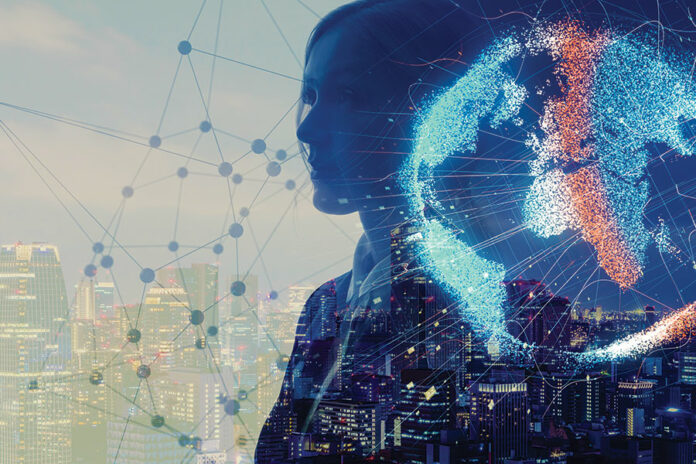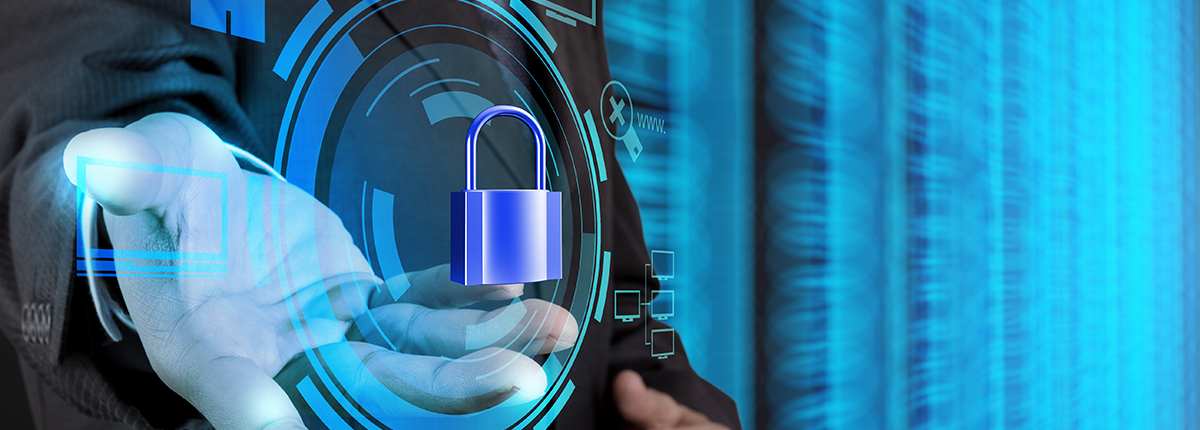A Blueprint for Corporate Security Quality: Guarding Your Venture
Wiki Article
From Cybersecurity to Physical Actions: Strengthening Business Safety in an Altering Globe
By incorporating the strengths of both cybersecurity and physical security, companies can create a thorough defense approach that resolves the varied array of threats they encounter. In this conversation, we will certainly check out the changing threat landscape, the need to incorporate cybersecurity and physical protection, the implementation of multi-factor verification procedures, the importance of staff member understanding and training, and the adaptation of safety procedures for remote labor forces. By taking a look at these crucial locations, we will certainly acquire valuable insights into exactly how organizations can reinforce their business security in an ever-changing globe.Recognizing the Changing Risk Landscape
The advancing nature of the contemporary globe demands a detailed understanding of the transforming risk landscape for reliable corporate safety. In today's digital and interconnected age, dangers to corporate safety have come to be much more complex and sophisticated. As innovation developments and services come to be increasingly dependent on digital infrastructure, the possibility for cyberattacks, data breaches, and various other safety violations has actually substantially enhanced. It is important for organizations to remain educated and adapt their safety and security gauges to deal with these developing risks.One key facet of understanding the altering threat landscape is identifying the various types of threats that companies face. In addition, physical hazards such as burglary, criminal damage, and business espionage continue to be common concerns for organizations.
Tracking and analyzing the risk landscape is vital in order to determine potential threats and vulnerabilities. This involves staying upgraded on the most recent cybersecurity patterns, assessing danger intelligence reports, and performing routine danger analyses. By understanding the transforming risk landscape, companies can proactively apply ideal safety procedures to minimize dangers and shield their possessions, credibility, and stakeholders.
Integrating Cybersecurity and Physical Safety
Incorporating cybersecurity and physical safety is critical for thorough company security in today's interconnected and digital landscape. As organizations significantly rely upon modern technology and interconnected systems, the borders between physical and cyber hazards are becoming blurred. To properly guard against these threats, an all natural approach that integrates both cybersecurity and physical security steps is essential.Cybersecurity concentrates on shielding digital assets, such as systems, data, and networks, from unauthorized accessibility, disruption, and burglary. Physical safety, on the other hand, includes measures to secure physical properties, individuals, and facilities from threats and vulnerabilities. By incorporating these two domains, organizations can attend to susceptabilities and hazards from both electronic and physical angles, thereby enhancing their total safety and security posture.
The integration of these 2 self-controls enables for a more thorough understanding of protection risks and allows a unified response to occurrences. Physical accessibility controls can be boosted by incorporating them with cybersecurity methods, such as two-factor verification or biometric recognition. Cybersecurity procedures can be enhanced by physical security measures, such as security video cameras, alarms, and safe accessibility factors.

Executing Multi-Factor Verification Procedures
As organizations significantly prioritize thorough safety procedures, one effective method is the execution of multi-factor authentication actions. Multi-factor authentication (MFA) is a protection technique that needs users to supply numerous forms of identification to access a system or application. This technique adds an additional layer of protection by incorporating something the user understands, such as a password, with something they have, like a fingerprint or a safety and security token.By carrying out MFA, companies can significantly improve their safety and security posture - corporate security. Standard password-based authentication has its limitations, as passwords can be easily compromised or failed to remember. MFA mitigates these risks by including an extra verification variable, making it extra hard for unauthorized people to gain accessibility to sensitive information
There are numerous types of multi-factor verification techniques offered, including biometric authentication, SMS-based confirmation codes, and hardware symbols. Organizations require to evaluate their particular requirements and pick the most proper MFA service for their needs.
However, the implementation of MFA must be thoroughly intended and carried out. It is essential to strike an equilibrium in between safety and use to stop user stress and resistance. Organizations needs to likewise think about possible compatibility problems and supply ample training and support to make certain a smooth change.
Enhancing Staff Member Awareness and Training
To reinforce company safety, companies have to focus on boosting worker understanding and training. In today's swiftly developing threat landscape, employees play a crucial function in protecting a company's delicate info and possessions. Regrettably, many security breaches happen due to human error or lack of understanding. Consequently, organizations need to spend in detailed training programs to educate their employees concerning prospective threats and the finest techniques for mitigating them.Reliable employee understanding and training programs need to cover a review wide variety of topics, consisting of information security, phishing assaults, social engineering, password hygiene, and physical protection measures. These programs ought to be customized to the particular needs and responsibilities of various worker duties within the organization. Normal training simulations, workshops, and sessions can aid workers create the essential skills and understanding to identify websites and respond to protection threats efficiently.
Moreover, organizations must motivate a culture of protection awareness and offer recurring updates and pointers to maintain workers educated regarding the most recent dangers and reduction methods. This can be done via interior interaction channels, such as newsletters, intranet sites, and email campaigns. By cultivating a security-conscious workforce, organizations can considerably reduce the likelihood of safety incidents and safeguard their useful possessions from unapproved gain access to or compromise.

Adapting Protection Actions for Remote Workforce
Adapting company safety and security measures to accommodate a remote workforce is crucial in guaranteeing the security of sensitive info and assets (corporate security). With the enhancing trend of remote work, organizations need to carry out proper safety and security actions to alleviate the risks related to this brand-new way of workingOne essential aspect of adapting protection steps for remote job is developing secure interaction networks. Encrypted messaging platforms and online personal networks (VPNs) can assist protect delicate info and prevent unauthorized accessibility. In addition, organizations need to apply using strong passwords and multi-factor authentication to enhance the safety of remote access.
An additional crucial consideration is the implementation of safe and secure remote access solutions. This includes providing staff members with safe and secure click here to find out more accessibility to corporate resources and data through virtual desktop computer framework (VDI), remote desktop computer protocols (RDP), or cloud-based remedies. These innovations guarantee that sensitive information stays protected while enabling workers to do their roles efficiently.

Last but not least, comprehensive protection recognition training is important for remote workers. Educating sessions must cover best methods for securely accessing and handling sensitive information, determining and reporting phishing efforts, and preserving the overall cybersecurity hygiene.
Verdict
In conclusion, as the hazard landscape proceeds to progress, it is crucial for organizations to reinforce their protection gauges both in the cyber and physical domains. Incorporating cybersecurity and physical security, implementing multi-factor verification measures, and enhancing employee awareness and training are essential actions towards accomplishing robust company protection.In this conversation, we will certainly discover the altering threat landscape, the need to incorporate cybersecurity and physical safety, the application of multi-factor authentication measures, the value of employee recognition and training, and the adjustment of safety and security actions for remote workforces. Cybersecurity procedures can be complemented by physical safety procedures, such as security cameras, alarms, and safe and secure gain access to points.
As organizations progressively prioritize comprehensive protection actions, one reliable strategy is the implementation of multi-factor authentication steps.In conclusion, as the risk landscape proceeds to advance, it is essential for organizations to strengthen their safety measures both in the cyber and physical domain names. Integrating cybersecurity and physical security, carrying out multi-factor verification procedures, and improving staff member understanding and training are vital actions towards attaining robust company protection.
Report this wiki page